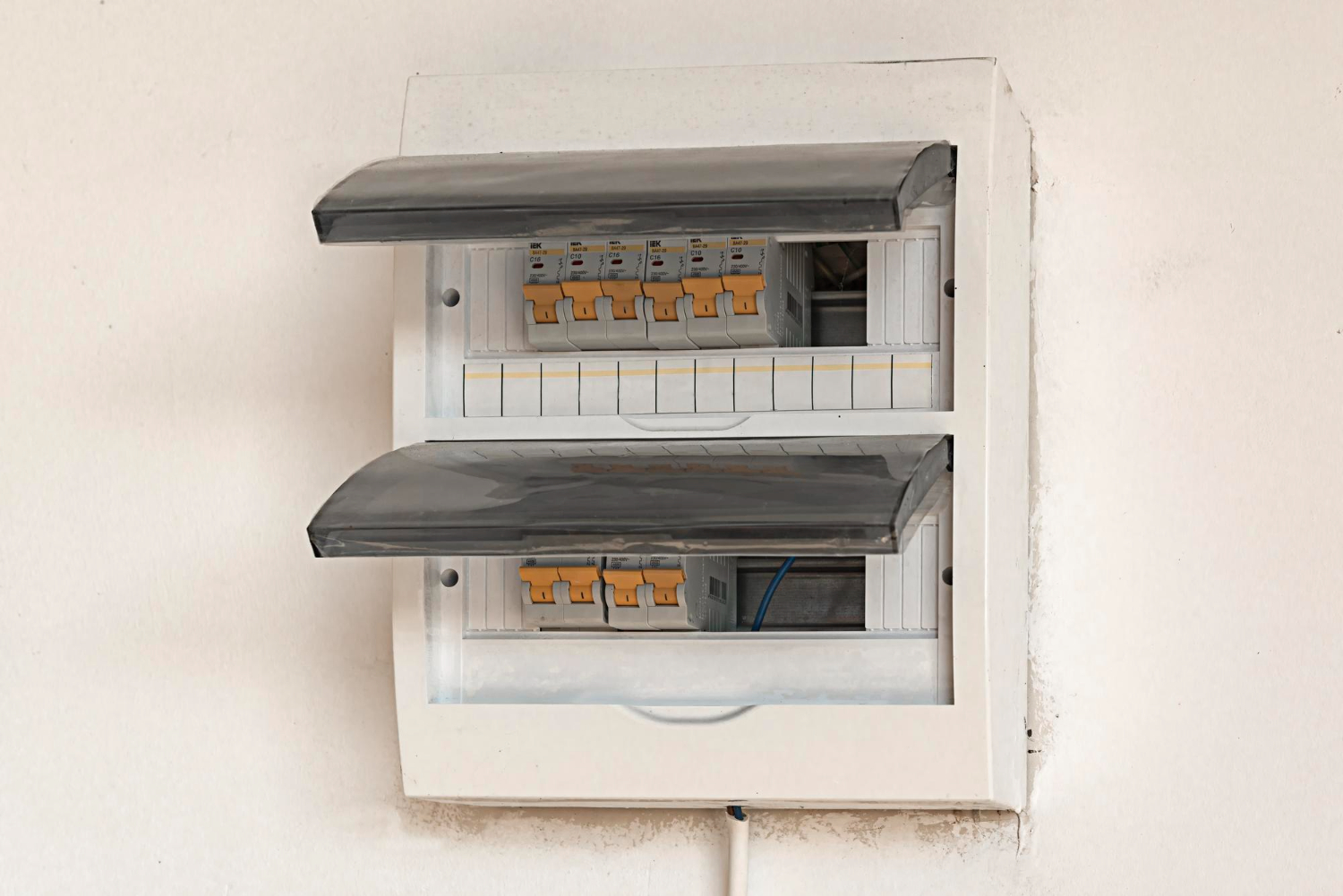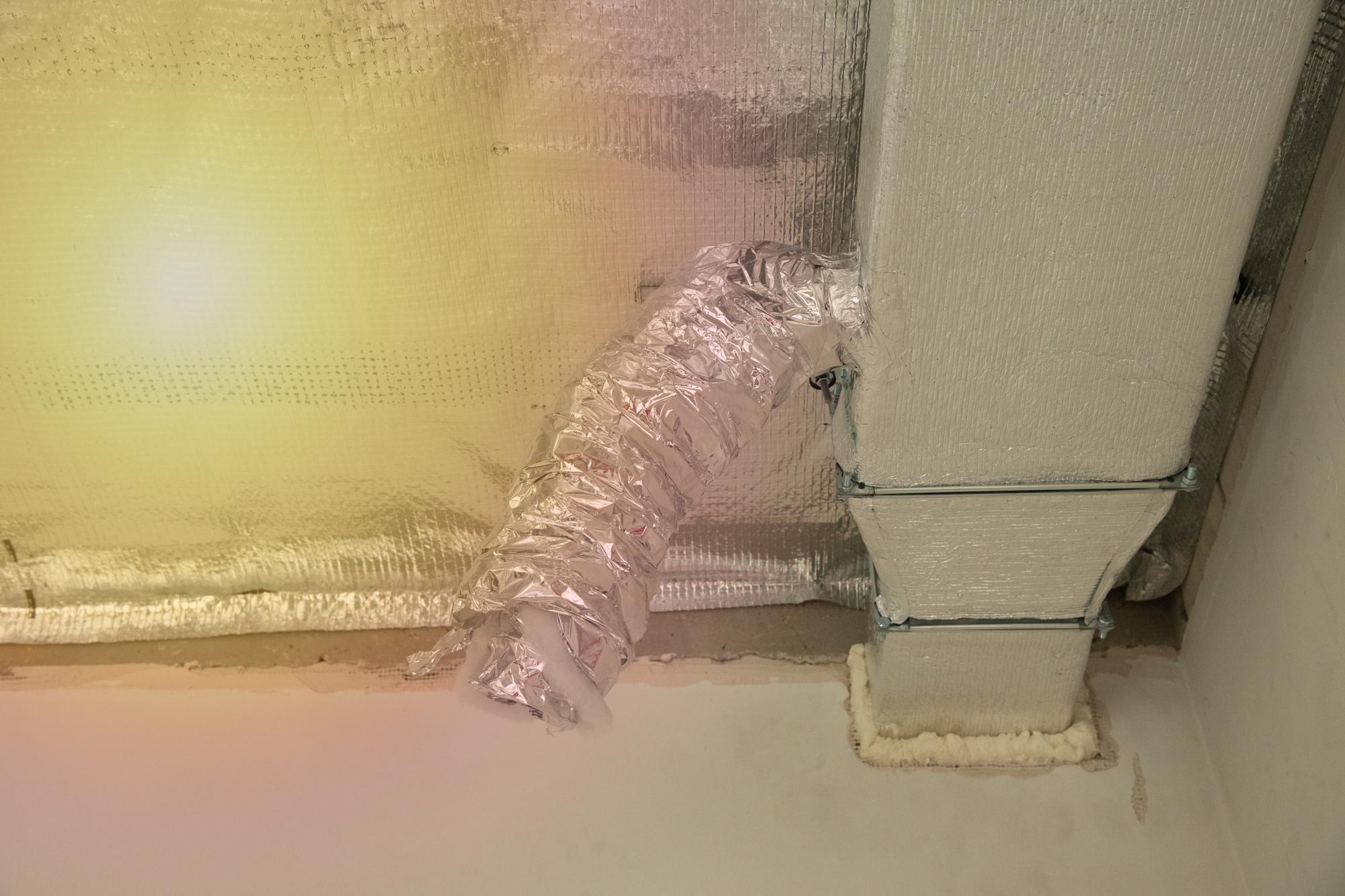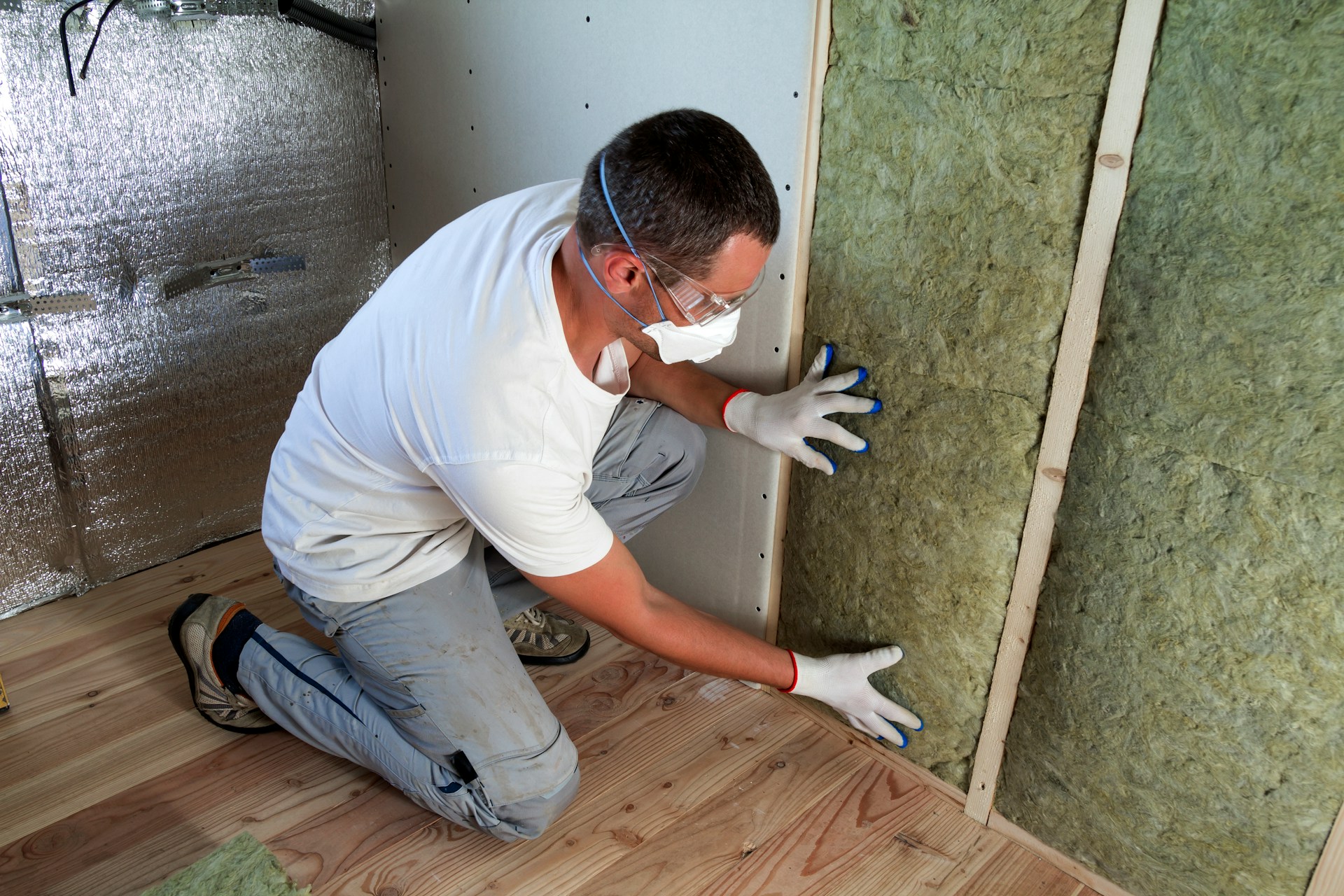Energy Department Invests In Future HVAC Systems
Each year, the Department of Energy sets aside a few million bucks to encourage research and development for “next generation” HVAC systems.
The DOE recently announced that it is investing a total of $8 million in several research projects aimed at improving the efficiency and performance of air conditioning and heat pumps, as well as developing cooling systems that use environmentally friendly refrigerants.
Some of this research may lead to HVAC systems that we’ll be using a decade from now. It’s important because according to the DOE, HVAC systems create the largest energy end-use in buildings–nearly 30 percent of all energy used in homes and businesses in the U.S. The state-of-the-art non-vapor systems could potentially reduce that energy use by 40 percent!
Here’s a quick round-up of the next-generation HVAC projects underway:
- United Technologies Research Center of East Hartford, Conn. was awarded $975,000 to develop a high efficiency small commercial rooftop system. These small systems may be able to deliver 30 percent annual energy savings. United Technologies will also receive about $1 million to develop an electrocaloric heat pump half as small as current models. Using a simple mechanical design, the pump is designed to run quietly and be less costly to maintain than current models.
- Mechanical Solutions, Inc. of Whippany, New Jersey and Lennox Industries in Richardson, Texas will receive $1 million to develop a small, highly efficient HVAC system for homes.
Will receive $1.2 million for the investigation of an advanced membrane HVAC technology using nanostructured polymer materials to manipulate water molecules. This creates an efficient cooling effect without having to use fluorocarbon refrigerants. Dais plans to develop a rooftop system to test in the field. - Maryland Energy and Sensor Technologies of College Park, Maryland will receive about $600,000 to develop a compact thermoelastic cooling system. These innovative systems involve stretching, then relaxing, metal rods. The stretch-relax cycle initially generates heat, but then creates a cooling effect when released, a dynamic similar to a heat pump compressor. The company will try to develop a small system for testing.
- Oak Ridge National Laboratory of Oak Ridge, Tennessee was awarded $1.4 million to develop a “magnetocaloric” air conditioner. This system moves metal rods in and out of a magnetic field. The temperature of the rods drops when they are in the magnetic field. The lab is testing the concept with window air conditioners and will investigate ways to scale to large systems.
- Xergy, Inc. of Seaford, Delaware will receive $1.4 million to investigate electrochemical compression (ECC) technology and an energy recovery module to replace solid-state compressors used in heat pumps. ECC involves an innovative fuel cell technology that allows water to be used as a refrigerant. The researchers say efficiency improvements of 30 percent to 56 percent are possible with this system.
These state-of-the-art concepts are exciting! Although these new technologies are not available yet, Daffan can always help you with the system you currently have.










